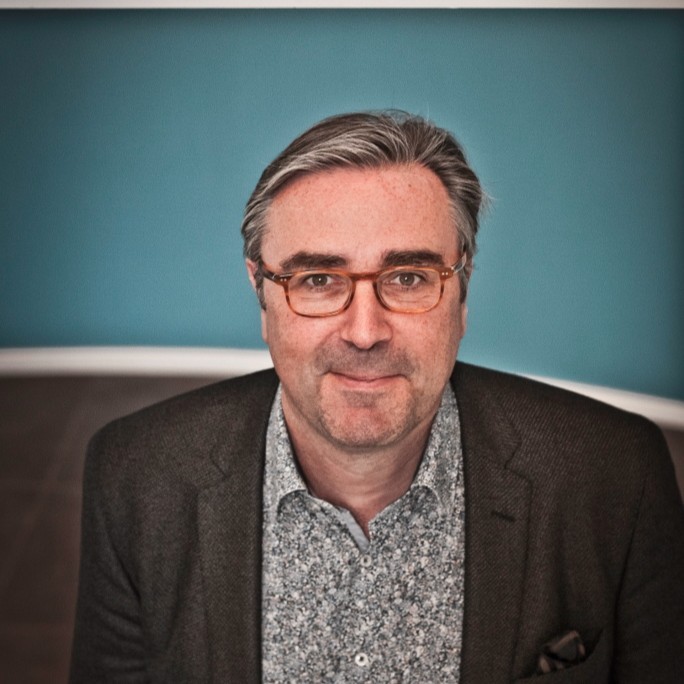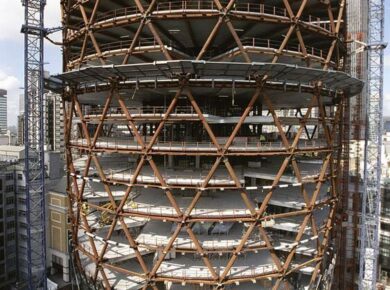Ove Arup was born on the 16th of April 1895 and is worldwide considered to be the foremost engineer of his era. I will not even try to explain how big his influence has been, I would prefer to guide you to Arup’s website and especially to his famous ‘Key speech’ from 1970.

Photo: © National Portrait Gallery, London
In his speech, Arup launched the term ‘Total Architecture’ . He formulated this concept as follows: ‘Total Architecture implies that all relevant design decisions have been considered together and have been integrated into a whole by a well-organized team empowered to fix priorities. This is an ideal which can never – or only very rarely – be fully realized in practice, but which is well worth striving for, for artistic wholeness or excellence depends on it, and for our own sake we need the stimulation produced by excellence.’
Only through close collaboration between the designer, engineer, architect and builder (and may I add: client) such a process can lead to a (nearly) perfect result. Unfortunately this is seldom the case, and we could have endless discussions about the reasons why.
It is impossible to capture within the format of a short post the achievements of Arup or summarize the innumerous amount of wonderful projects his office has been involved in, but let me just focus on one of them: The Centre Pompidou in Paris. Again, I refer to Arup’s website for more in-depth information, but I took the liberty to extract one short chapter that is relevant to me as a steel-lover.

Photo: Loïc Venance/AFP/Getty Images
‘The modernist appearance of the Centre Pompidou hides a more historic inspiration. In designing the huge 48m cast steelwork spans that would create the 10 storeys of exhibition space, our team looked back to the legacy of French engineer Gustav Eiffel and his famous masterpiece. For the nodes that would connect the steel spans, they looked to a more contemporary reference. Like the space-frame roof designed by Japanese architect Koji Kamiya for Osaka Airport, the nodes are constructed out of machined cast steel to become part of the detailed architectural design.’

Photo: Luciano Mortula – LGM / Shutterstock
In other terms, steel was the only right choice that could have been made to realize the ‘machine-age’ architecture of Centre Pompidou. The choice of materials is not about preferring one material rather than another one, it’s about finding the answer to that one question: which materials will be your most appropriate tools to achieve the architectural goals in a given project.
About the Author:

Bruno Dursin – Managing Director at Believe in Steel. Bruno has more than 30 years of experience in promoting steel & steel solutions. His clients benefit from his extensive network within the building industry.



